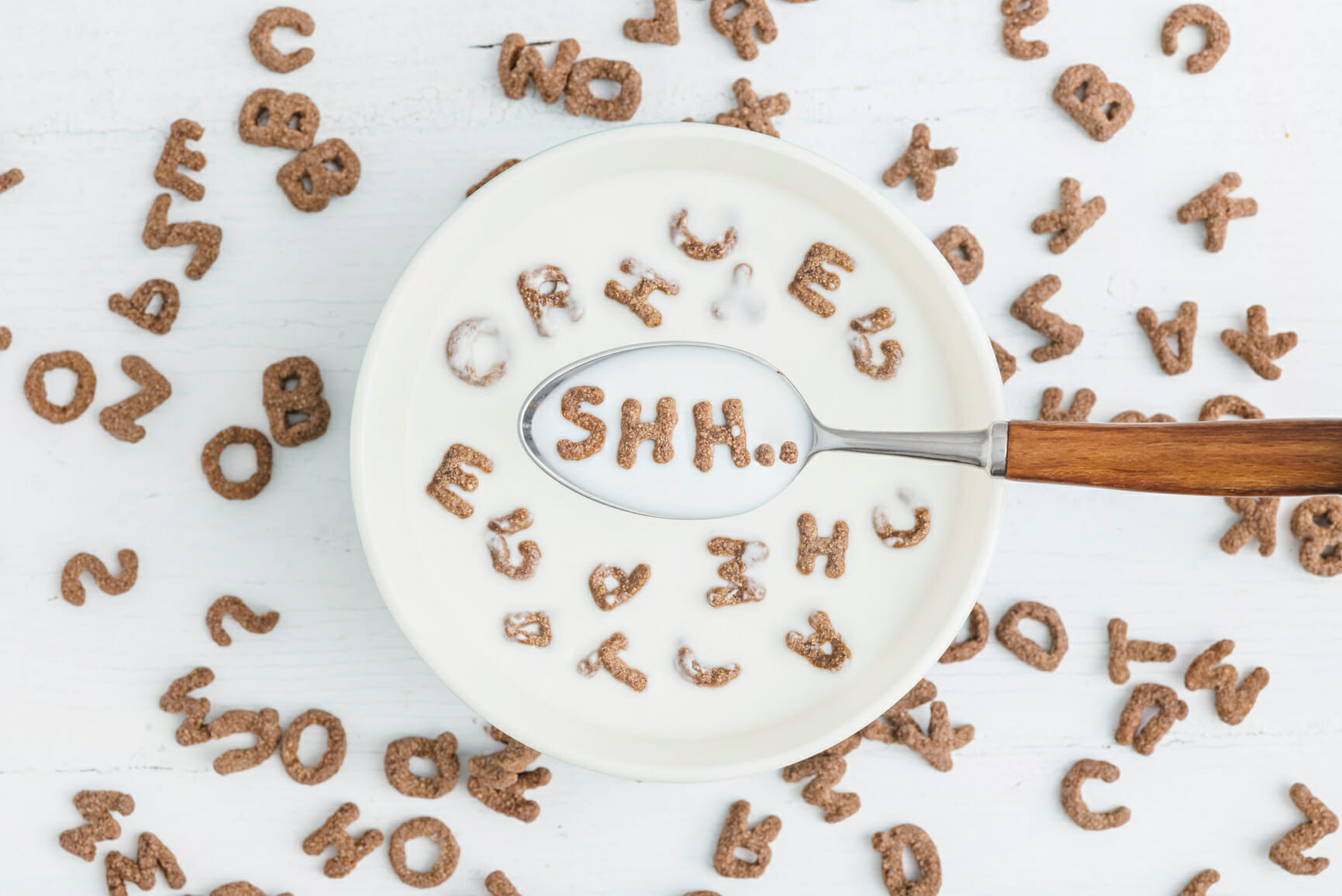
You may be familiar with food cravings for physical reasons such as dehydration or going too long in between meals, but did you know that cravings can also stem from emotions? We all experience stress, and we all eat due to our emotions sometimes. Our relationship with stress and mood can influence our eating habits.
If you’re looking to improve your eating habits, you can do this by learning the root cause of your habit and use that information to help you move towards change.
Over time and with reflection, you may start to notice patterns in how your mood affects your food choices. Most of us have “default” ways of using food to cope with stress. Luckily, once we notice the patterns, we can use that as information to help us move toward greater health and happiness.
If you’re looking for personalized support in navigating your own food habits when it comes to stress, please don’t hesitate to schedule a consultation!

Lauren Stickney is an integrative nutrition health coach and emotional eating coach certified through the Institute for Integrative Nutrition. She specializes in women’s nutrition, women’s relationship with food, and healing an unhealthy body image.
We offer in-person and virtual services – contact us today to learn more!